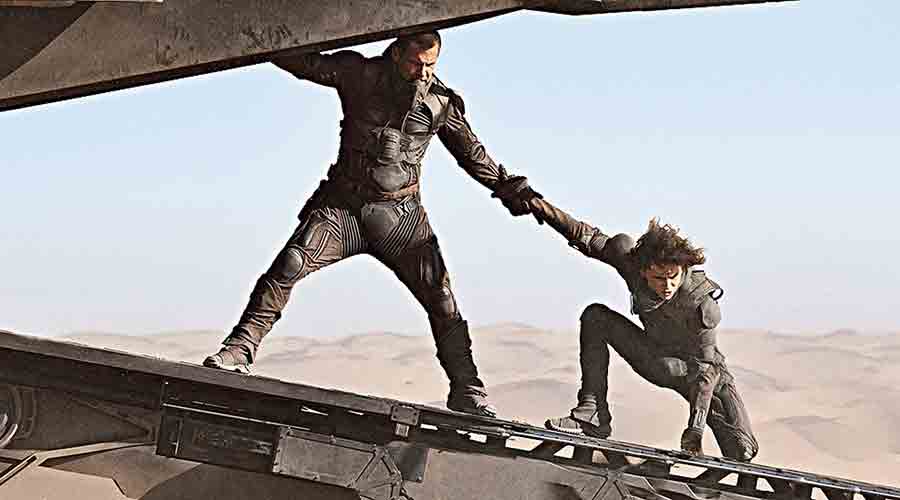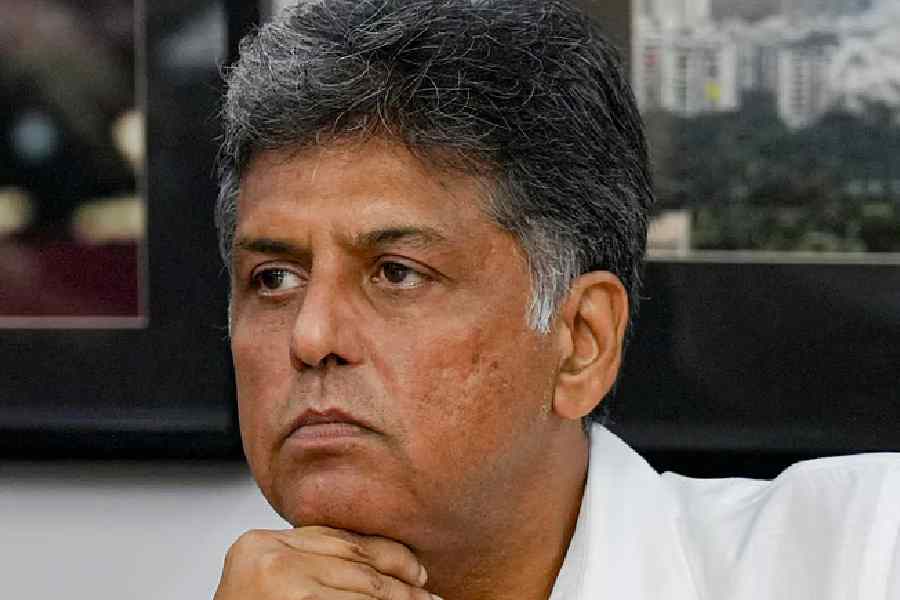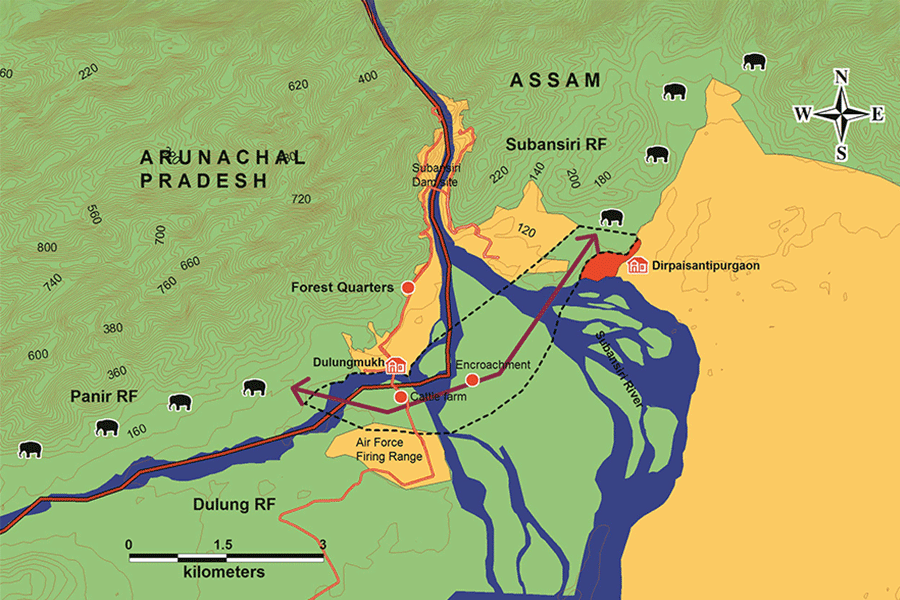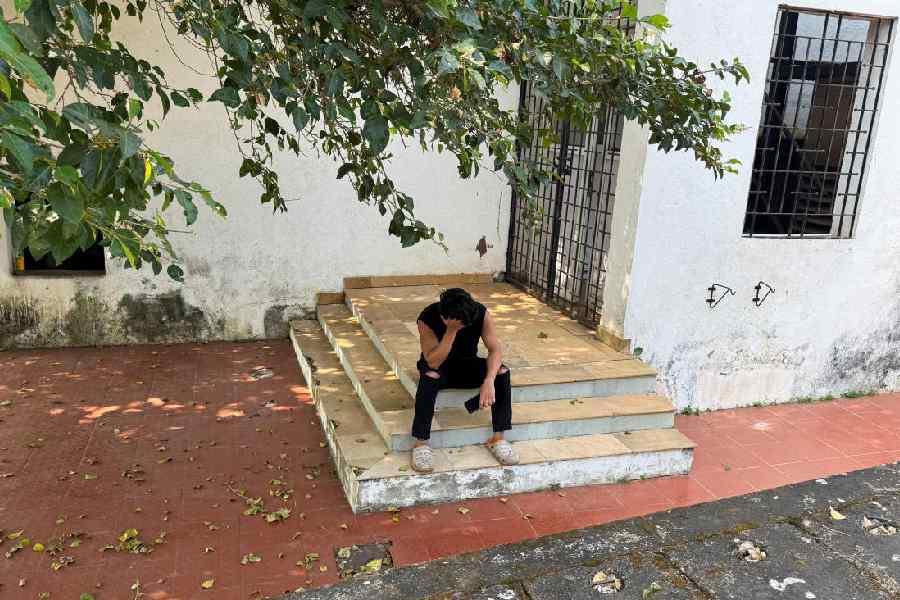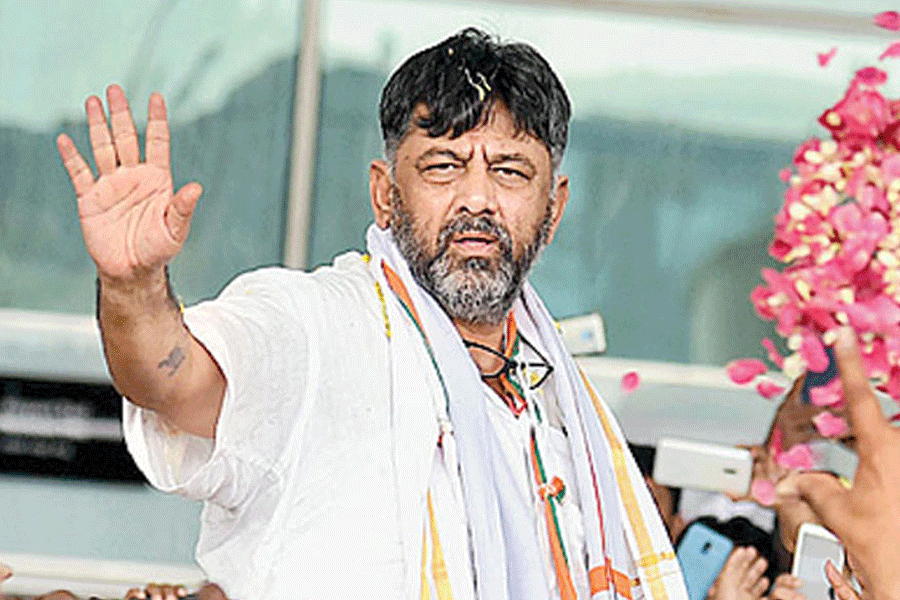The visual spectacle that is called Dune — now playing in movie theatres — is brought alive by Paul Lambert. A prolific name in the world of visual effects, Lambert is a two-time Academy Award winner, having earned the prized golden statuette in consecutive years — for Blade Runner 2049 in 2017 and for First Man the following year.
With Dune, based on Frank Herbert’s seminal science-fiction book, relying as heavily on its jaw-dropping visuals to engage the viewer as it does on its compelling story, Lambert is, undoubtedly, the best man for the job. Over a video call from the US, Lambert chatted with t2 on the method and the madness of creating the world of the Denis Villeneuve big-budget movie experience.
What has the feedback been like to your work in Dune?
It’s been received very well, and so has the film in its entirety. I am very happy for Denis (Villeneuve, director), who I last worked with on Blade Runner 2049. There are some viewers who haven’t liked the film too much, but that’s more to do with the fact that their idea of the book and how it should be treated is slightly different. But in general, it’s been really, really good.
I know that Denis has been very passionate about the book and has always wanted to bring it alive on screen. Do you share the same passion?
He’s at another level! I saw the movie (David Lynch’s Dune, made in 1984) first. Growing up, I was a big Star Wars fan... Star Wars and The Sound of Music is what I would always watch. When Dune came out, I was very intrigued because it touched upon the Star Wars universe. That’s when I read the book and I was fascinated by the world. I was, at that time, into horror stories and was more into reading the likes of James Herbert. So I read Dune because I was fascinated... and then I went back to horror! (Laughs)
When we were working on Blade Runner (2049), Denis spoke to me about his passion for Dune. And it was only after that film came out that he started talking to me directly about Dune. He asked me if I would be interested. And I said, ‘Of course! Who wouldn’t be?!’
Denis is a visionary, and working on this particular film was very collaborative. It involved Greig Fraser, the DoP (director of photography) and Patrice Vermette who is the production designer, and we all worked together to realise Denis’ vision. Having said that, Denis has a vision, but he’s also very open to ideas and suggestions and is very collaborative. A lot of the elements and concepts of the film were already done by Patrice seven months before I actually joined the film. He built the sets and I built the virtual world according to Denis’ vision.
Apparently, Denis told all of you to not reference the Internet or previous films in the genre for inspiration, but turn more towards nature and within... to be kind of meditative about this process of making the film. Is that correct?
Yes. The story of Dune came before Star Wars and Star Wars is very, very heavily influenced by Dune. With Dune, I think Denis has succeeded in producing a visual palette which is very grounded. Even though it’s sci-fi, you believe these worlds. Denis and I share similar sensibilities... we like our work to be extremely real. There are no crazy virtual cameras in this film. Everything had to be based on the physical.
What were the most challenging bits of creating this film in terms of its visual effects?
When I came in, Patrice and Denis had already designed the sandworm (a fictional extraterrestrial creature that appears in the Dune universe) and it had to be animated as well. One of the hardest technical bits of this film was to create and shift that amount of sand on the computer. Denis wanted the sand at times to be explosive and at other times, to be simply rising. I knew that would be pretty much a trial-and-error process. For reference, I did ask the production guys, at one time, if we could set off some explosives in the desert, but I was then reminded that since we were in the Middle East, it would probably not be the best place to set off explosives! (Laughs) Thank god, we didn’t do that. Even before we joined, my team at DNEG started working on the sand effects. I knew that would be tricky.
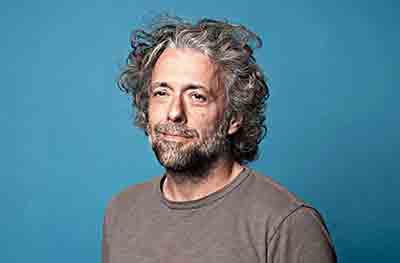
Paul Lambert
What works for the equation that you and Denis share on set?
It’s the desire to make things as believable as possible. Denis is not a big fan of green screens and all of that. And we tried to avoid that as much as possible, and whatever we could capture on camera, we did. We did a lot of work on set, rather than relying on putting someone in a blue box and figuring it out later. And because we had a very good idea about how the film should look like eventually, it allowed us to bring in techniques that gave us the best possible basis for the visual effects.
We wanted to avoid replicating daylight inside a studio. We found the highest hill in Budapest and we covered it with a sand-coloured bounce. So when the sun came up, it reflected off it and what I really had to do was mix the plates we had shot in the UAE with the hours of footage of the dunes shot from a helicopter. It all made for a very simple but beautiful blend. Denis was always very encouraging when we tried to come up with different ideas. This was one of the most collaborative environments I have been on. We were all always on the same page of getting things right during shoot, rather than relying on getting it corrected in post-production. That was never the attitude.
You’ve been in the business for a long time, but did the minimum reliance on green screens and post-production correction on this film help you learn new things about your craft?
Yes. I learnt a lot even during those six months of conversations that I had with the other heads of departments. Just trying to come up with new ideas for this film was very liberating. We were allowed to come up with the craziest ideas! (Laughs) Just that idea of the Ornithopter (a ship with bird wings that flies in the Dune universe) brought on a whole big discussion about how expensive it would be, but we worked around that. And even though we worked less with green screens, we did come up with the idea of sand screens.

